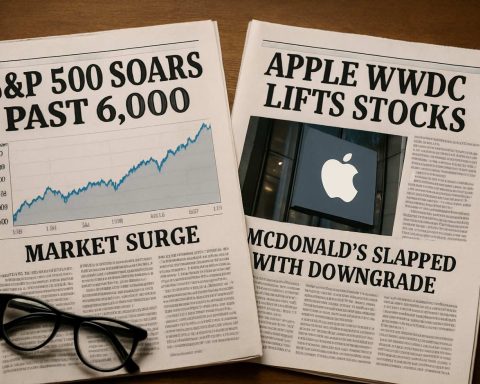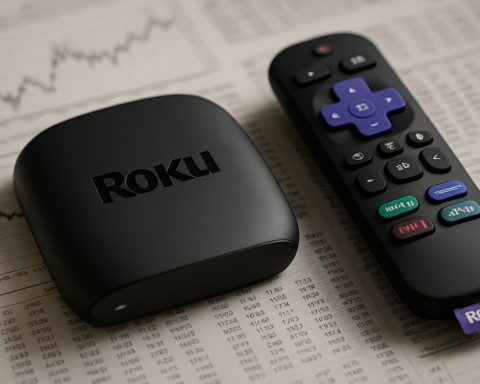- The global charcoal market is projected to grow to $3.4 billion by 2031, driven by the popularity of barbecue culture in North America and Europe.
- Charcoal’s appeal extends beyond culinary use; its high-quality burn is essential for industrial applications like metallurgy and chemical processing.
- Asia-Pacific and Latin America are key regions in the charcoal market, with rapid industrialization and abundant natural resources fueling growth.
- The industry is focusing on sustainable production methods, such as agricultural waste carbonization and innovative kiln technologies, to mitigate environmental impact.
- Environmental concerns, including deforestation and carbon emissions, pose significant challenges, pushing the market towards eco-friendly alternatives.
- The charcoal industry is undergoing a transformation, balancing tradition with modern technology and sustainability in response to evolving consumer and industrial demands.
Across the globe, chunks of black charcoal tell a story blazing with industrial vigor and outdoor revelry. From powering the fierce flames of metallurgy to sizzling up steaks in a backyard, the charcoal market is evolving with a fiery momentum.
In recent years, a cultural phenomenon has swept parts of North America and Europe: the irresistible flare and smokey embrace of barbecue culture. This culinary trend has become an unexpected engine, propelling the global charcoal market toward an impressive $3.4 billion by 2031. Consumers in these regions are igniting grills with a zeal, craving the unique flavor that only charcoal can impart.
However, charcoal’s role isn’t just confined to charming weekend chefs. Industrial demand, especially in metallurgy and chemical processing, is heating up. These sectors require charcoal’s high-quality burn and energy density, fueling a consistent rise in its global market value. Asia-Pacific, with its rapid industrialization, runs a particularly heated race in this market arena, while Latin America’s lush landscapes provide fertile grounds for a thriving charcoal industry.
Amidst its growth, the market strives for a balance between innovation and sustainability. Companies are harnessing smarter, greener production techniques. The push toward eco-friendly methods reflects a broader societal shift towards sustainability: agricultural waste carbonization and advanced kiln technologies promise cleaner, more efficient charcoal production. As regulatory scrutiny intensifies, these innovations become not just advantageous but necessary.
Yet, challenges loom as thick as the smoke that rises from a grill. Environmental concerns over deforestation and carbon emissions pose tough questions. As charcoal competes with gas and electric alternatives, it must adapt to a marketplace that increasingly values ecological impact as much as taste or industrial performance.
The charcoal narrative is one of transformation—of tradition melding with cutting-edge technology, of markets expanding even as they must contract their environmental footprint. This old, simple carbon byproduct is reshaping its identity in a world that demands both the primal magic of fire and the fine balance of sustainability.
For consumers and industries alike, the takeaway is clear: the charcoal you know is changing, and its impact is deeper than the grates of your grill. Whether seared on a steak or smelted in steel, its future is a blueprint of opportunity, innovation, and responsibility.
The Rapid Evolution of Charcoal: What You Need to Know About This Industry Game-Changer
Charcoal Market Overview: The Fire Behind the Flame
Charcoal usage is expanding beyond its traditional roles, weaving into industries such as metallurgy and chemical processing. The global charcoal market is projected to reach $3.4 billion by 2031, driven by an increasing demand in North America and Europe due to the rising popularity of barbecue culture. Meanwhile, the Asia-Pacific region is witnessing significant growth due to rapid industrialization.
Uncovering the Pressing Questions about Charcoal
1. How is charcoal impacting the environment?
– Deforestation and carbon emissions remain key environmental challenges. According to the World Wildlife Fund, deforestation for charcoal production is significant in regions like Africa. Sustainable practices and improved carbonization processes are critical for minimizing these impacts.
2. Are there sustainable options for charcoal production?
– Yes, companies are adopting greener methods. The use of agricultural waste and advanced kilns reduces environmental footprints. These innovations align with increasing regulatory demands for sustainable production.
3. What are the industrial uses of charcoal?
– Charcoal is pivotal in sectors like metallurgy due to its high energy density, which is vital for smelting processes. Moreover, it plays a role in chemical processing as a significant fuel source.
4. How does charcoal compare to gas and electric alternatives?
– Charcoal offers a distinct flavor and high-heat capacity unmatched by gas and electric options. However, its environmental impact necessitates a balance, pushing the industry towards eco-friendly production to meet modern ecological standards.
Trends in the Charcoal Industry
– Sustainability Focus: There’s a major shift towards sustainable charcoal production. Companies like EcoCharcoal are leading the charge by turning agricultural byproducts into clean-burning charcoals.
– Market Expansion in Asia-Pacific: Due to industrial growth, particularly in China and India, the demand for charcoal in the Asia-Pacific is expected to increase, fostering market opportunities.
– Cultural Shifts in Western Markets: The growing barbecue culture in countries like the U.S. and Germany is changing consumer preferences, leading to a heightened demand for qualitatively diverse charcoal products.
Pros and Cons of Charcoal
Pros:
– Superior flavor profile for culinary uses.
– High energy density, making it ideal for industrial applications.
– Catalyzes community-based forestry, fostering local economies.
Cons:
– Environmental concerns tied to deforestation and greenhouse emissions.
– Competes with more sustainable energy sources like gas and electricity.
– Regulatory challenges due to increasing ecological scrutiny.
Actionable Recommendations
– For Consumers: Opt for sustainably sourced charcoal to reduce carbon footprints and support eco-friendly brands.
– For Businesses: Invest in innovative kiln technologies and sustainable production to comply with regulations and tap into the eco-conscious consumer market. Partnerships with environmental NGOs can enhance brand reputation.
Quick Tips for Charcoal Enthusiasts
1. Choose Lump Charcoal: It’s often cleaner, burns hotter, and produces less ash compared to briquettes.
2. Use Chimney Starters: They provide a more efficient light without the chemical taste of lighter fluids.
3. Monitor Your Grill Temperature: Utilize a grill thermometer to maintain consistent cooking conditions.
For further insights into sustainability and innovation in industry sectors, visit McKinsey & Company.
By understanding these aspects, consumers and businesses alike can make informed decisions in a rapidly evolving market, ensuring that charcoal remains both a cultural staple and a sustainable choice.











